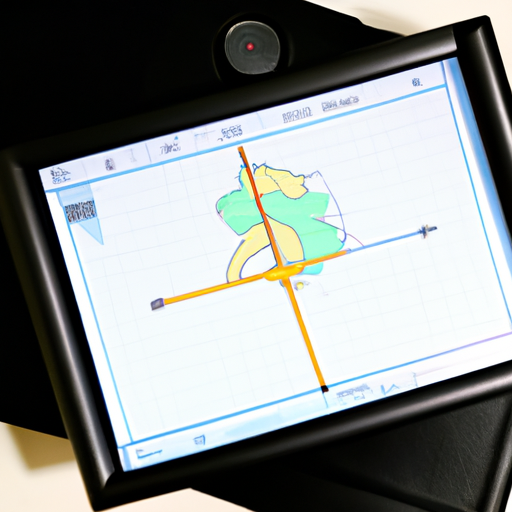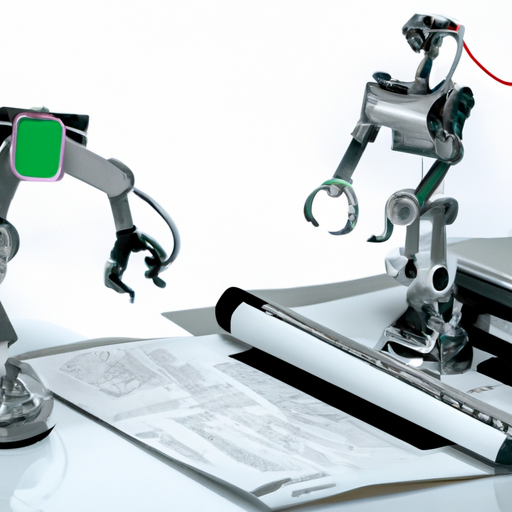In recent years, the field of social robotics has gained unprecedented momentum, leading to groundbreaking innovations that enhance human-robot interaction. With applications ranging from healthcare to education, these highly sophisticated robots are designed to understand and respond to human emotions, making them invaluable companions in various settings.
The Emergence of Emotional Intelligence in Robots
One of the most exciting developments in social robotics is the incorporation of emotional intelligence. Researchers have designed robots that can detect human emotions through facial expressions and vocal intonations. This ability allows robots to respond more appropriately in social contexts, bridging the gap between technology and human emotion.
Transforming Healthcare with Social Robots
In the healthcare sector, AI robots are providing support for mental health patients, elderly citizens, and children with autism. For instance, robots like PARO, a therapeutic robot seal, offer comfort and companionship, demonstrating a positive impact on mental well-being. As technology advances, more robots are being developed to assist trained professionals, improving the quality of care.
Social Robots in Education
Another area where social robots are making a significant impact is in education. Robots such as NAO and Pepper are being utilized in classrooms to engage students in STEAM subjects (Science, Technology, Engineering, Arts, and Mathematics). These robots not only help teach complex concepts but also serve as motivation tools, enhancing student participation and learning outcomes.
The Future of Social Robotics
The future of social robotics looks brighter than ever, with ongoing research focusing on improving the social capabilities of robots. As AI technology evolves, we can expect to see robots that exhibit more nuanced interactions, further enhancing their ability to integrate into our daily lives.
Challenges Ahead
Despite the rapid advancements, challenges remain in the field of social robotics, particularly concerning ethics, privacy, and the potential for dependency on robotic companions. As the industry develops, addressing these challenges will be crucial to ensure that technology serves to enhance human experiences rather than detract from them.
In conclusion, social robotics is paving the way for a future where human-robot interaction enriches our lives on multiple fronts. As we continue to explore the capabilities of these remarkable technologies, the possibilities are endless.
Stay tuned for more updates on the exciting world of robotics!













